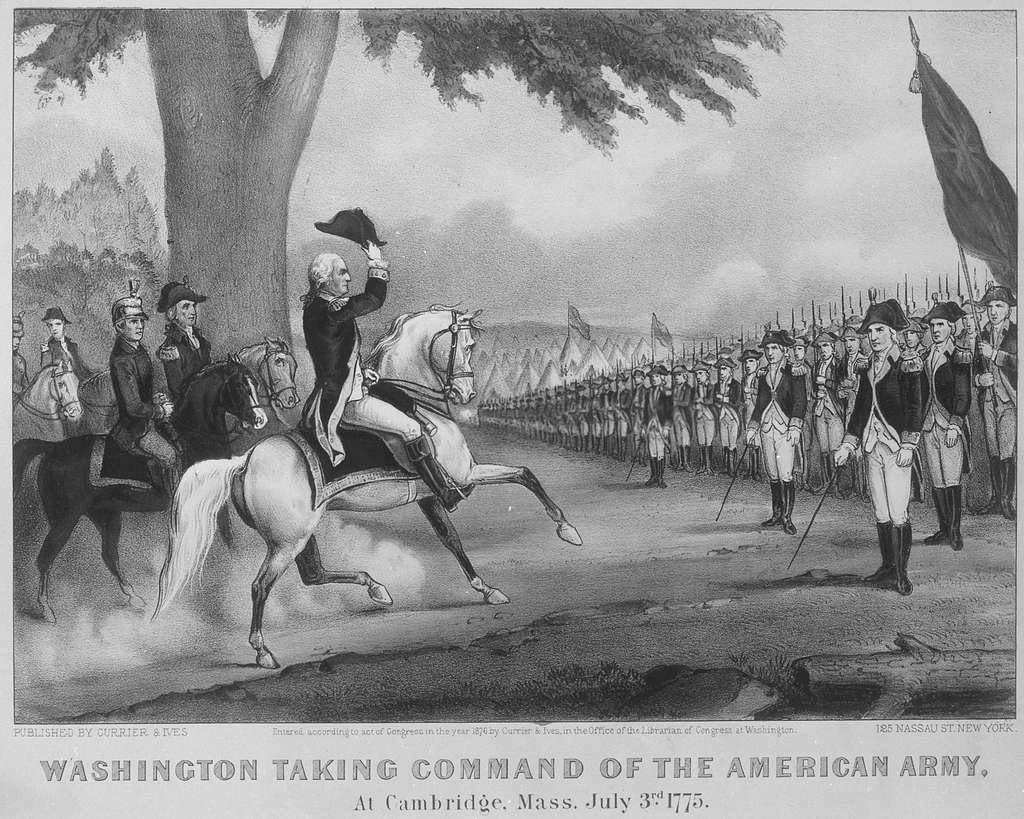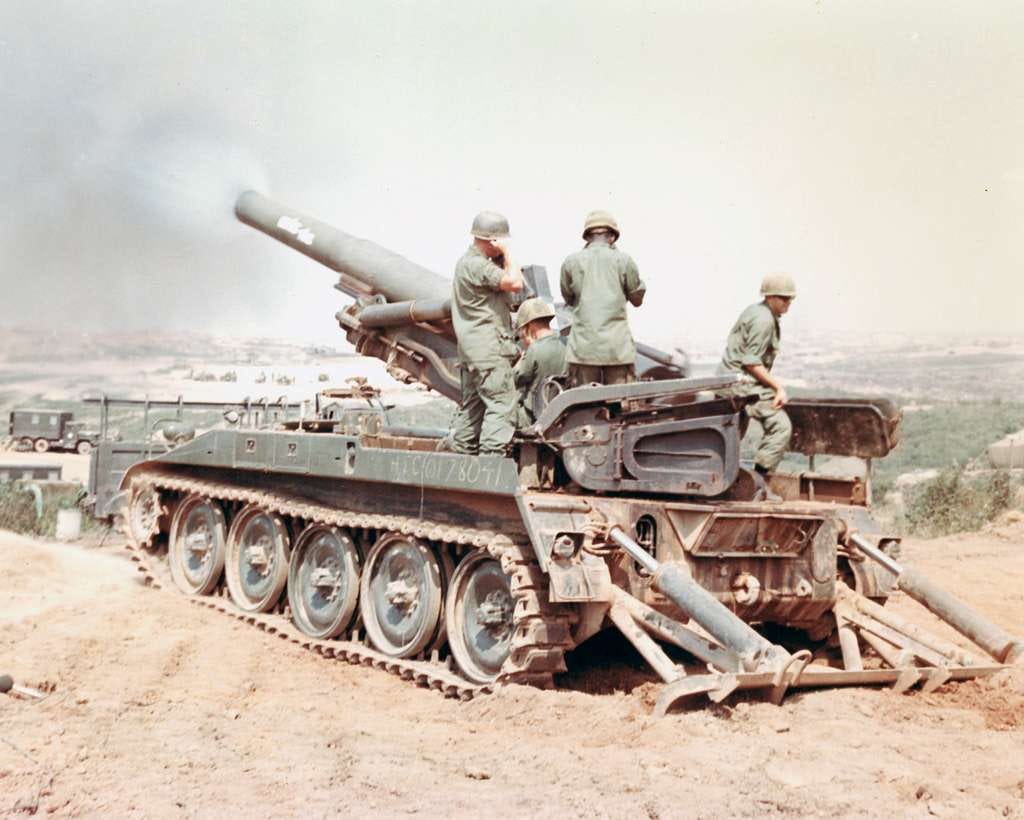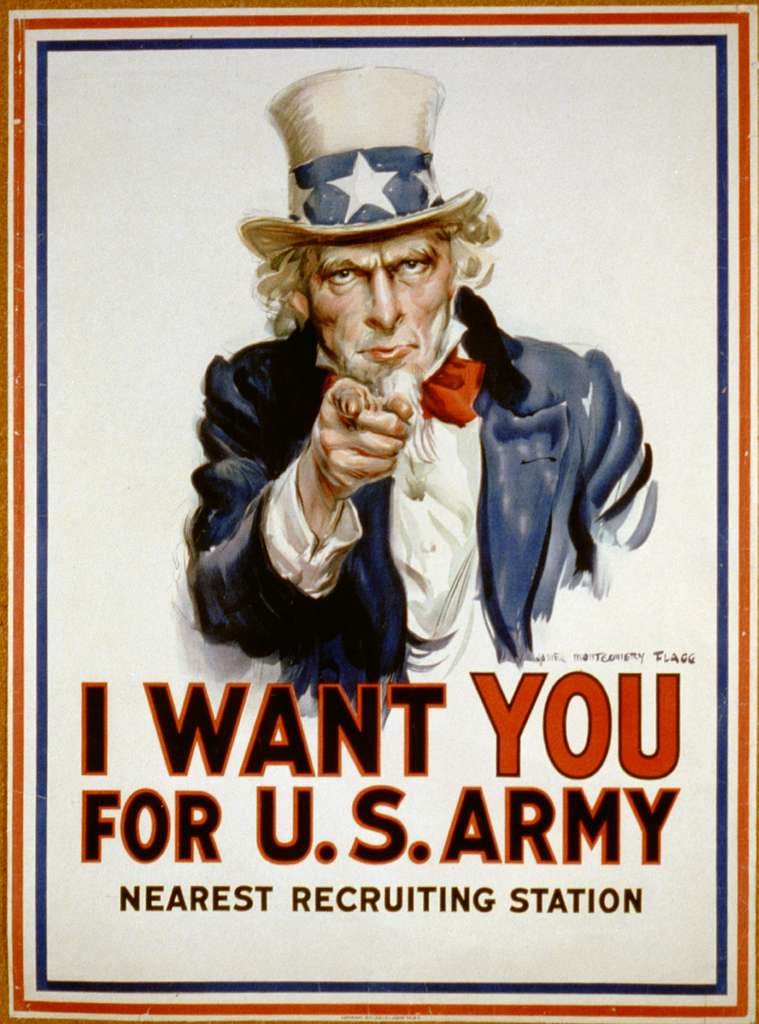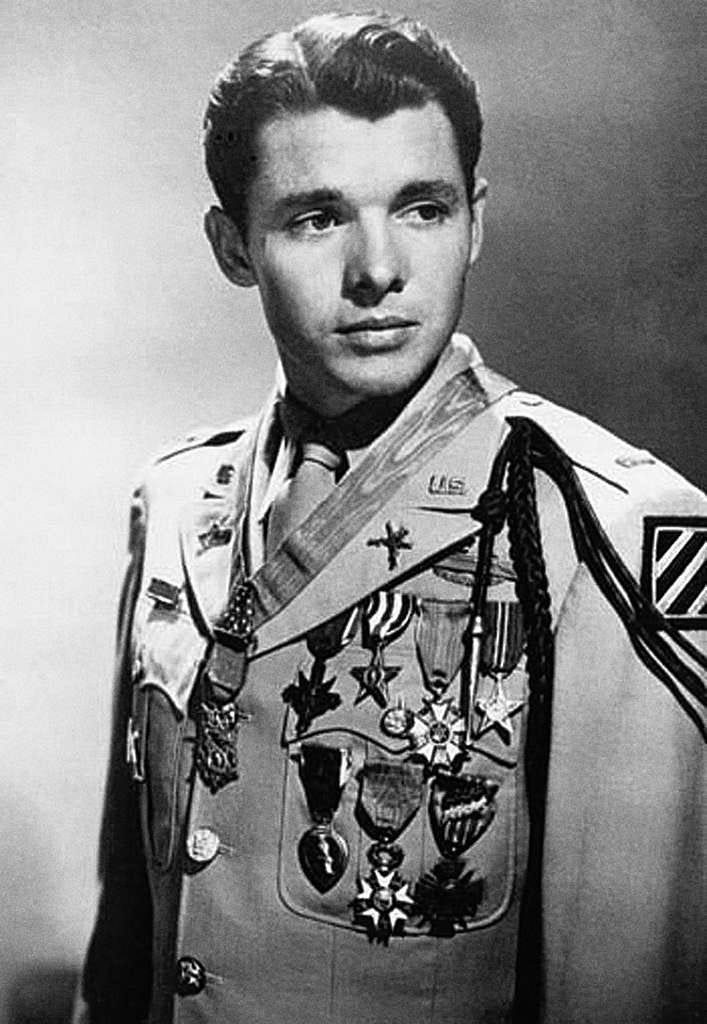The U.S. Army at 250: Defense and Democracy
Defending the Nation and Upholding Civil-Military Relations Since 1775
This Saturday, the nation will pause to recognize the 250th anniversary of the establishment of the United States Army, a momentous milestone worthy of our gratitude. More than simply a military organization, the U.S. Army is inextricably linked to the founding and preservation of the United States. Without it, our independence would not have been won or maintained. From its inception, the Army has represented a unified people. Under the Constitution, the Army is raised by authority of Congress, is accountable to civilian governance, and is led by the Commander in Chief, an elected civilian authority. Soldiers, as do all federal officials, swear an oath, not to any individual, but to support and defend the Constitution, underscoring the fundamental principle of civil-military relations dating back to the founding of the United States.
Two months after the first battles at Lexington and Concord in April 1775, the Continental Congress recognized the need for a unified military. On June 14, 1775, it formally established the Continental Army, marking the birth of the U.S. Army. The transformation from multiple militias to a national, professional land force under civilian political control was a pivotal step in a coordinated pursuit of liberty and forging a national identity.
Resolution of the Continental Congress (June 14, 1775):
"Resolved, That six companies of expert riflemen be immediately raised in Pennsylvania, two in Maryland, and two in Virginia; that they be enlisted to serve for one year, unless sooner discharged; that each company consist of a captain, three lieutenants, four sergeants, four corporals, a drummer or horn player, and sixty-eight privates."
The following day, June 15, Congress appointed George Washington as Commander in Chief of the Continental Army, emphasizing the importance of an organized, disciplined force under civilian oversight. His leadership held the Army together, and with that the cause for independance, through immense hardship while forging the foundation of the American military tradition.

The Army’s history is central to America’s story. From its earliest days, its subordination to civilian authority became a cornerstone of American civil-military relations. It was both a symbol of independence and a force that forged a national identity from colonies united in the pursuit of freedom. The Army preserved the Union during the Civil War, was decisive in World War I, and expanded rapidly in World War II, when citizen-soldiers joined a war effort powered by America’s industrial might. During the Cold War, the Army safeguarded Western freedom, and today it remains engaged globally, confronting threats alongside allies and preparing for future battlefields as an all-volunteer force.

To Fight and Win the Nation’s Wars
The mission of the United States Army is defined by federal law in Title 10, U.S. Code, Section 7062, stating:
“The Army, within the Department of the Army, shall be organized, trained, and equipped primarily for prompt and sustained combat incident to operations on land. It is responsible for the preparation of land forces necessary for the effective prosecution of war and military operations short of war, and, in accordance with integrated joint mobilization plans, for the expansion of the peacetime components of the Army to meet the needs of war.”
In short, the Army’s mission is to fight and win the nation’s wars, primarily through operations on land, in support of U.S. national interests—under civilian authority and as part of the broader Joint Force.

More than sustained land combat, the Army is ready to fulfill a wide range of military operations such as homeland defense, crisis response, counterterrorism, peacekeeping, and support to civil authorities, both independently and as part of joint and coalition efforts.
Heroes
The Army is not an abstract institution; it is given life and resolve by the soldiers who fill its ranks and uphold its mission. From General George Washington to today’s troops, the Army’s legacy of leadership reflects a proud tradition of both the career professional and the citizen-soldiers. Figures such as General George Marshall, who helped shape victory in World War II and the postwar world, and General Colin Powell, who rose from enlisted ranks to become Chairman of the Joint Chiefs of Staff, embody the Army’s values of service, integrity, and humility.
There are also heroes like Sergeant Alvin York, a Medal of Honor recipient in World War I, who personified the citizen-soldier spirit through courageous battlefield action, and Lieutenant Audie Murphy, one of the most decorated combat soldiers in U.S. history, who reminded us that leadership and heroism often arise from humble beginnings. These are just a few among the countless soldiers who have served with honor, fulfilled their duty, and returned home to work, raise families, and build productive lives.

Today
The Army has evolved significantly since its founding. Today, its mission is broad and global, but still powered by the willful support of American volunteers. The total Army force numbers over 1.2 million, including more than 944,000 active duty, Reserve, and National Guard personnel, and over 265,000 Army civilians.
Across these 250 years, professional soldiers have met every challenge, with citizen-soldiers answering the call when needed, reflecting Congress’s original vision for a national force that expands in times of crisis and contracts in peace. For example, prior to World War II, the Army and Army Air Corps numbered under 300,000 troops. By the eve of Pearl Harbor, it had expanded to 1.6 million soldiers and by 1945, it expanded beyond 8.3 million soldiers.

Of the millions who served in uniform over the past 250 years, they have returned to civilian life enriched by the skills and experiences gained in service. Their pursuit of education, and contributions to the workforce and society strengthen the very nation they defended.
Today, the Army constitutes a small portion of the population. Less than 1% of Americans serve in or support the military as full-time personnel or civilians, and only about 0.36% are part of the U.S. Army. These are remarkably small numbers given the enormity of the Army’s mission to protect the nation. But, as history shows, the Army is designed to expand in times of need, just as it did in World War II. Although today’s dynamic and multiple security challenges and emerging technologies are the most vexing in history, placing greater demands on the standing Army to be ready to take on these wide arrays of threats.
This We’ll Defend – The Army’s Motto
The political rancor of recent years, and especially the heightened tensions of late, risks eroding the balance that underpins the nation’s vital civil-military relationship. This erosion threatens to cloud our ability to reflect with clarity and pride on the Army’s 250 years of faithful service, from the Revolutionary War to today’s global missions defending national interests, supporting allies, and preserving our way of life.
Since the act of Congress in 1775, the Army’s essential role, shared by all the armed forces, has been to uphold a constitutionally grounded civil-military relationship. To maintain its legitimacy and the public’s trust, the Army must remain apolitical in both its actions and how those actions are perceived, always in service to the Constitution.
The Army’s 250th birthday offers a moment to rededicate the institution to the founding intent of Congress, and for the nation to recognize and honor the soldiers who now serve and those that have served. Their contributions to our freedoms deserve our deep and enduring gratitude, as they continue to carry the responsibility of defense on behalf of all Americans.
Much has been written about the United States Army; its origins, battles, and enduring role in national defense. The books below offer a good starting point of the Army’s complex history, service, sacrifice, and lasting impact on the American story.
For the Common Defense: A Military History of the United States from 1607 to 2012
By Allan R. Millett, Peter Maslowski, William B. Feis, Free Press (2012), 736 pages
This comprehensive military history spans America’s defense from colonial times through 2012. The author’s extensive research and expertise revise earlier editions, creating the preeminent book on the evolution of military institutions, civil‑military relations, strategic doctrine, and warfare, from muskets to modern technology. Readers gain insight into how national policy, technological change, and global conflicts have shaped the Army. This work is ideal for those seeking a broad but detailed understanding of U.S. military history and how America’s armed forces responded to evolving threats while maintaining democratic values.
Centuries of Service: The U.S. Army, 1775–2005
by David W. Hogan Jr., independently published (2019), 51 pages
David Hogan, a respected military historian with the U.S. Army Center of Military History, has authored or contributed to over ten significant works on the Army’s development, leadership, and operations. His writing presents a broad yet accessible account of the Army’s evolution from colonial times to the modern era. Centuries of Service is a very concise yet authoritative history spanning from the Army’s founding in 1775 to 2005. Hogan highlights the U.S. Army’s pivotal role in shaping America, describing how the Army defended national independence, preserved the Union, won world wars, and expanded in response to global crises. It also explores its contributions beyond combat—flood relief, disaster response, infrastructure, and peacekeeping—demonstrating how the Army has answered the country’s call in diverse crises, serving as a steady and adaptive force throughout the nation’s history.
The Regulars: The American Army, 1898–1941
by Edward M. Coffman, Belknap Press, (2004) 528 pages
Focusing on the Army’s transformation from a frontier constabulary to a modern force, Coffman examines its institutional growth between the Spanish‑American War and World War II. He delves into leadership, soldier life, race relations, and education reforms, leveraging extensive research into personal memoirs, letters, and Army records. Readers learn how organizational shifts enabled rapid expansion and professionalism, setting the stage for global engagement. This social history captures both institutional change and individual experiences in an era that forged the modern American Army.
Tags: Military Happenings, Defense-Strategy, Ground Combat
Our simple request:
If you liked this post and wish to see more like it, click the heart below.
If you have personal experience or have an idea or opinion to share, we would love your comment.
If you have an idea to improve it, please let us know in a comment.











I would suggest adding Paul Dickson’s The Rise of the GI Army 1940-1941 which describes the birth of the draft-based citizen soldier army that fought and won WW2 and then carried on into Korea and Vietnam.
Great article - thanks for sharing it.
I would add, with great respect, that Audie Murphy’s life after WW2 was far from being a happy one, and in fact he experienced great difficulty in readjusting himself to civilian life.
As a result of his wartime experiences he suffered badly from what we would nowadays call PTSD, and for a time became heavily dependent on prescription sleeping medications to treat his chronic depression and insomnia.
He had a violent temper, always sleeping with a loaded gun under his pillow, and got himself frequently into fights and trouble with the police, once being arrested and charged with attempted murder, and on several other occasions being released without charge owing to his status as a national hero.
He lost nearly all the money he made during his Hollywood acting career through bad investments and a gambling addiction, and was forced to file for bankruptcy to protect himself and his family from creditors.
So, all in all, for Audie Murphy, it was by no means a happy or successful transition from his heroic wartime service to a life out of uniform.